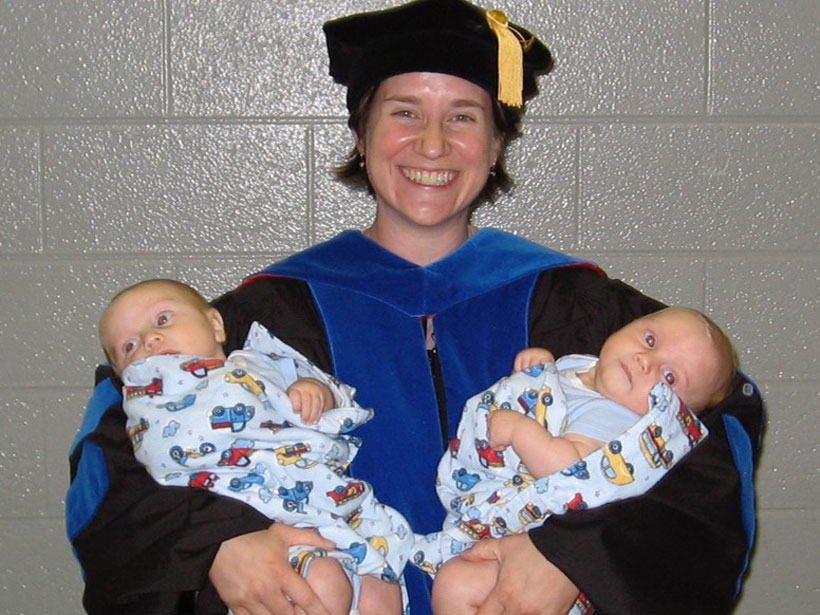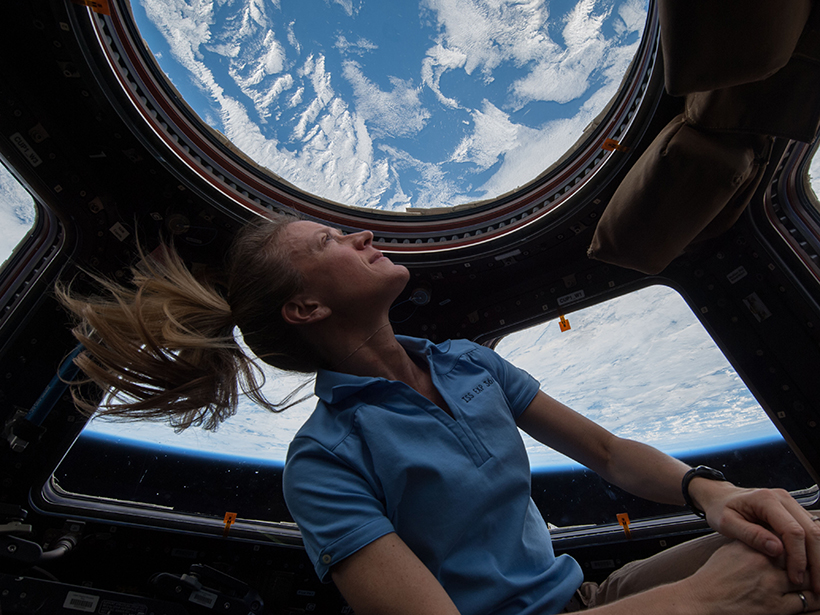Brutal university cuts are putting at risk an industry crucial to addressing climate change Down Under and around the world. Saving geoscience will require a community reckoning.
academia
Reviewing Reviewers
AGU analyzes reviewer age, gender, and geographic location especially to see how the pandemic may have affected our reviewer pool.
New View of Expanding Perspectives in the Geosciences
Earth and environmental sciences have some of the least diverse racial and ethnic representation in academia. To face profound future challenges, the fields need to address the inequities of the past and how they inform the present.
Fushcia-Ann Hoover: The Business of Environmental Justice
EcoGreenQueen balances academia and entrepreneurship.
Karen Layou: A Wider 2-Year Track
Supporting geoscience education across a spectrum of opportunities.
Choose Your Own Geoscience Adventure
There’s no one way to be a scientist. Read on to meet a group of professionals who discovered that their route wasn’t limited to the well-lit avenue.
Code-Switching and Assimilation in STEM Culture
The scientific community cannot claim it is becoming a diverse and inclusive culture based on numbers alone—not if professionals who are Black, Indigenous, and People of Color must leave themselves behind to be part of it.
Astronomers for Planet Earth
A volunteer network of astronomers is using a unique astronomical perspective to educate people about the climate crisis while at the same time striving for sustainability in academia.
Call for Papers on Machine Learning and Earth System Modeling
Contributions are invited to a new journal special collection on the use of new machine learning methodologies and applications of machine learning to Earth system modeling.
In Appreciation of AGU’s Outstanding Reviewers of 2020
AGU editors recognize the contributions of reviewers, whose valuable expertise continues to raise our journals’ high standards.










